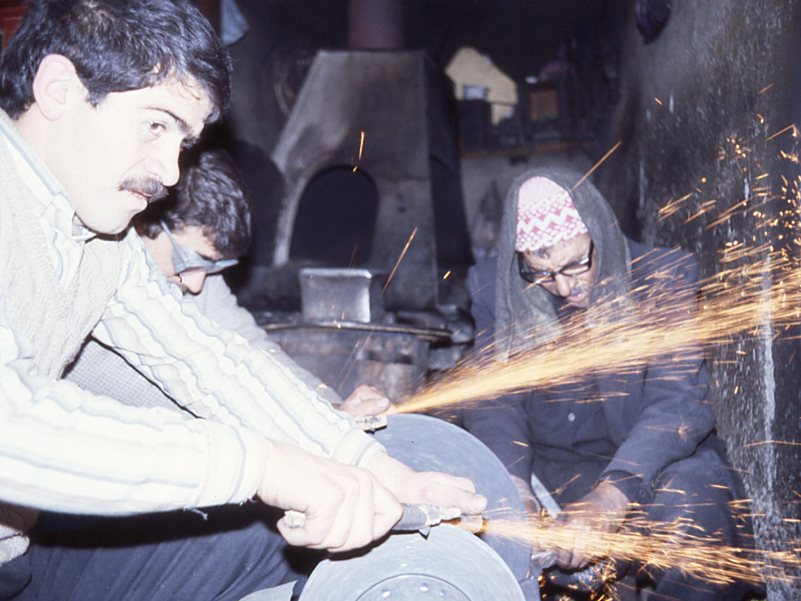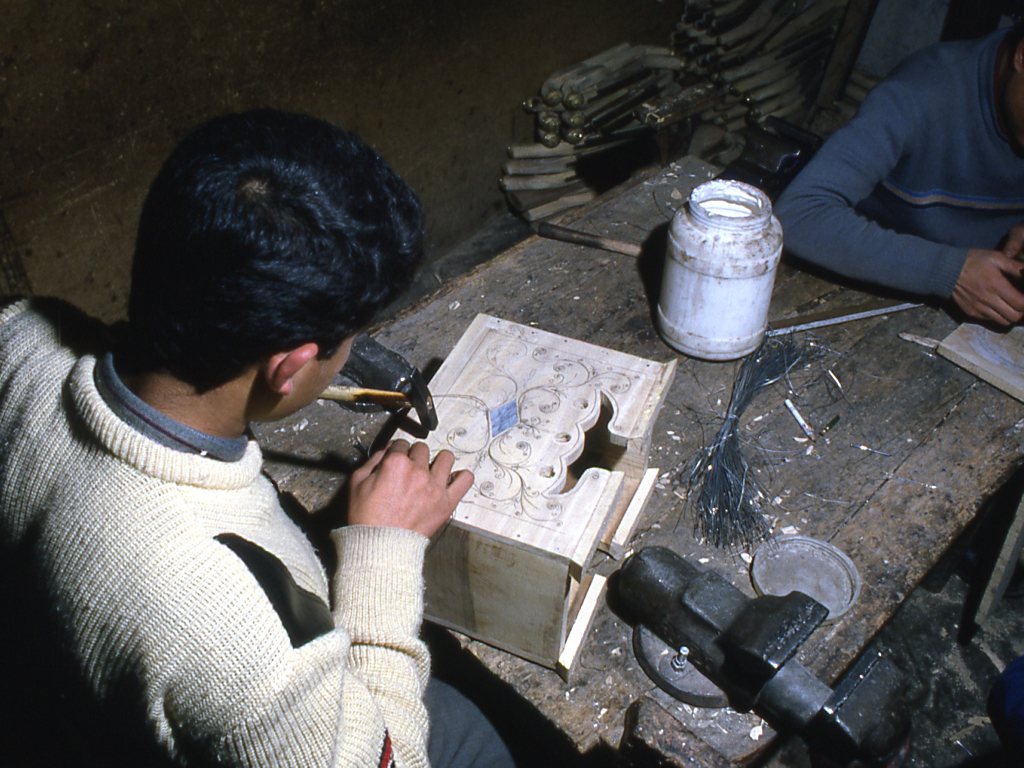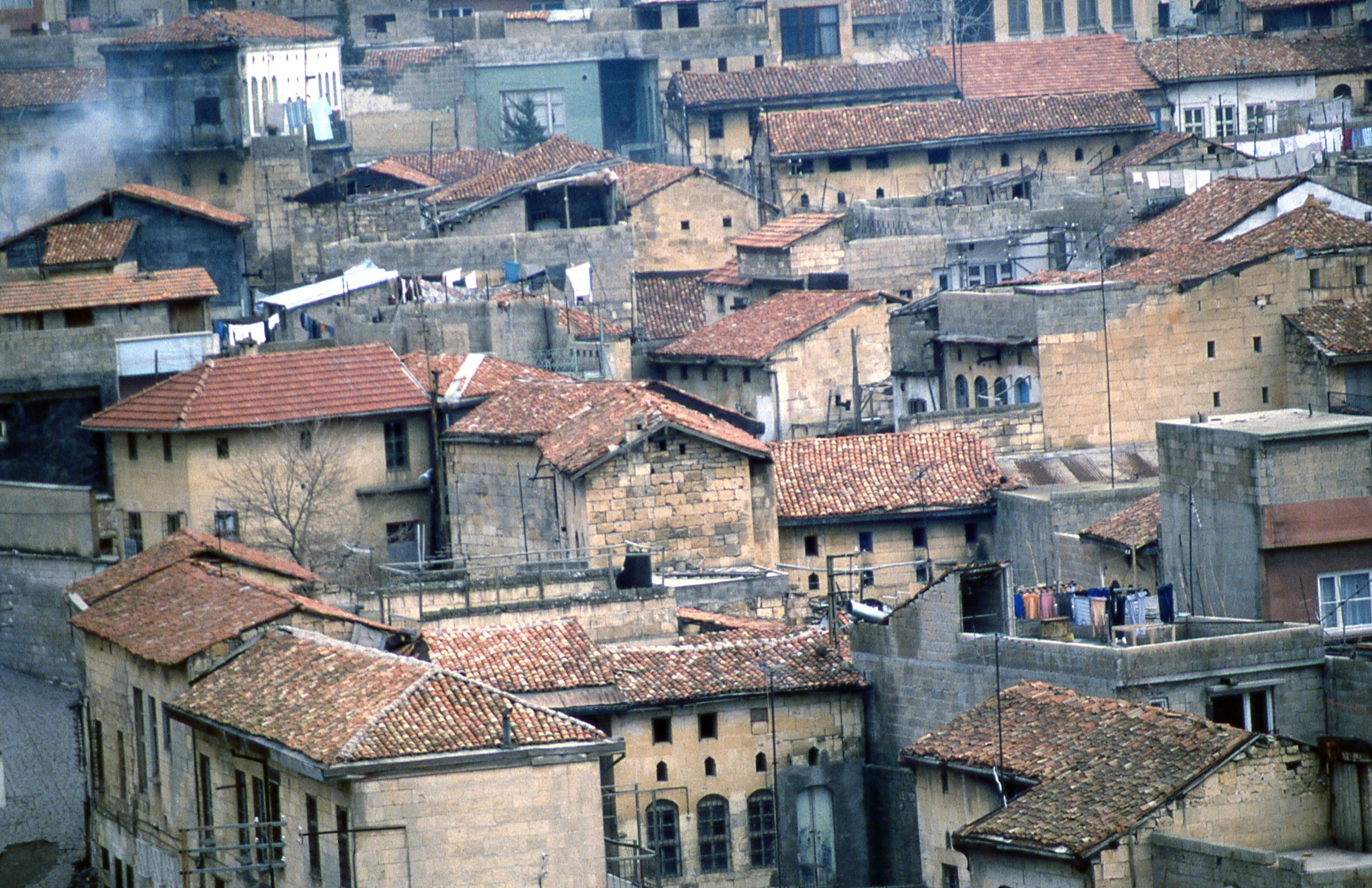Spotted in the Highlands: a swimming squirrel
Read MoreCourage in the face of enormous adversity
A rug hanging in the current Dovecot Festival exhibition “Daughters of Penelope” (Edinburgh Fringe 2017) is described as dedicated to Irina Sendler, a name I’d not heard of before. The name sent me scurrying off to look her up and the most moving account of the 2500 babies she and her team smuggled out of the Warsaw Ghetto during WWII. The story is an incredible one of courage, as every day under the guise of a health worker looking for typhus she took out babies in the bottom of tool boxes, or concealed beneath the stretcher of the ambulance. The ambulance driver had taught his dog to start barking to cover up the cries of the babies, which in turn set off the barking of the guard dogs. Irina Sendler hid the names of each child and the foster family in a jar which she buried beneath an apple tree so that after the war there was a chance of reuniting the babies and their families. Tragically most of their parents in the ghetto were killed. To learn more about this incredibly plucky woman see http://www.irenasendler.org/facts-about-irena/
Fifty times more visitors
We may think we are travellers and other people are tourists but the truth is that we are all part of a huge surge in people who travel abroad. A quick look at the figures tells the story; as the cold war ended the worldwide figure for people who travelled was 25 million a year. By 1995 the figure had risen 20 fold, and the figure has since more than doubled. This year 1.2 Billion people crossed international boundaries. That means that nearly 50 times as many people travel today as did 30 years ago. FIFTY TIMES…
Much tourism seems to a few places: people continue to pile into the favourite cities. Barcelona, Berlin, and Paris come to mind, and Dubrovnik and Venice see too many cruise ships (the locals say). Some economies depend on the very thing that bites: tourism makes up 12 per cent of Spain's economy. Biting the hand that feeds is not a recent tendency. Growing up in the Channel Island of Jersey in the 1960s, I was used to locals referring to tourists as ‘groccles’.
Since tourism employs more people than any other single industry in the world, decisions about limiting visitor numbers to Barcelona or Venice or Edinburgh need to be done thoughtfully. I have two concepts known as the 'Triangle' and ‘The other side of the river’. The Triangle is the idea that much tourism concentrates excessively on something like three sites in a country. Think of 'London, Oxford and Stonehenge'; or 'Delhi, Agra and Jaipur'. ‘The other side of the river’ is the observation that something over 6 million people visit the Taj Mahal every year. It is one of the great buildings in the world. But it is also lovely to see it from across the River Jumna. I have never known more than a handful of people on the opposite bank.
I’m not sure what the answer is, but certainly I increasingly aim to lead tours away from areas of mass tourism: we’ve just travelled in northern Russia where there were no crowds in May, where the museums have beautiful displays, and where we always felt safe.
The other answer may be that high pressure areas will need to levy a charge on each bed-night to pay for the services (litter collection and subsidised public transport?) that tourists demand, and discourage the very large numbers that are overwhelming the locals, and which is driving up rents through services such as Air B’n B.
Observers of Bhutan suggests that this lovely country got it right many years ago when they imposed on foreign tourists a minimum spend per day. It was said that they had seen what uncontrolled tourism had done to Nepal. Backpacking tourism from the 1960s onwards is said to have brought drugs, sex and rock ‘n roll to the Nepalese capital, threatening its fragile Buddhist and Hindu culture. In Bhutan the high daily levy limits tourist numbers and a third of this levy goes towards the government’s budget for education and health care.
Here we are in the midst of the Edinburgh Festival, with pavements overflowing onto the streets, and the whole city energised by its very welcome visitors (both performers and audience). We mostly benefit from the street performers, the range of entertainment, thought provoking talks at the Book Festival and a boom month for those looking for a temporary job. Unlike tourism which concentrates everyone into a tight squeeze, the Edinburgh Festival/Fringe often crowds people into little used spaces, so the effect of so many people is dispersed through the city. The flip side must be the inflated rents, and those locals who cannot afford somewhere to live. A city without affordable rents will eventually get into a terrible mess…no teachers, no rubbish collectors, no skilled craft workers, no one to mend the fabric of the city…the list goes on. The onus is now on governments (local and national) to thoughtfully approach this hot potato and not get their fingers burnt.
A new tunnel discovered beneath the Kremlin
Well! there we were in Moscow over the Orthodox Christmas holiday. Temperatures had fallen to a record low of minus 28, which had not been recorded in the city at Christmas for 120 years. Many Muscovites were driven indoors, and the men and women trying to sell holiday snacks, and gifts in the stalls around Red Square were having a very hard time of it. Minus 28 is so cold that to get your hands out of your gloves and pocket to take a photograph is almost injurious to health, and it takes ages before the blood is flowing back into your digits. Moscow was looking superb: there was snow on the domes of St Basil's Cathedral, and no one was queuing to see Lenin's tomb. The Moscow River was frozen over, and we were all waddling along like penguins partly to stay upright on icy pavements and partly because we had all our clothes on! Everyone was friendly, and when help was needed, we were willingly assisted. We hugely enjoyed exploring the Moscow Metro, which is a testament to the many who died or were killed building it, and to a commitment to the decorative arts. And talking of tunnels...it was while walking close to the edge of Red Square, beneath the fortress walls of the Kremlin that we came across some workmen fixing a huge trapdoor which was levered open, and showed steps leading who knows where: but surely under the Kremlin.
Kipling's father
The fasting Buddha in the Lahore Museum (photograph by Rufus Reade).
Read MoreA new republic was born 93 years ago
29th October 1923 marked the birth of the new Turkish Republic under the leadership of Mustafa Kemal, whom we now know as Ataturk (the father of the Turks). What a birth! Imagine being born out of the defeat in WWI, the Ottoman Empire broken up, the French occupying an area in the southern Turkey, British troops in Istanbul, the Greek army not long ejected from Izmir and the newly formed Soviet Union hoping to find a socialist ally along their Caucasian borders. The birth of this new nation saw the right to vote being given to women in 1930, a new alphabet to replace the use of Arabic as the national script introduced during the late 1920s, and the secularisation of the state. So here we are 93 years on: the great achievements of Turgut Özal in the 1980s and 1990s sadly slipping away. His death remains a puzzle: was he poisoned? So we watch as Turkey heads towards its centenary as a republic, and dearly hope that the gains of the last nine decades are not swept away: İyi ki doğdun (happy birthday).
Amasya which has an early chapter in the story of the birth of the Turkish Republic.
Hiding in a cave
I got back from Crete yesterday where I'd been checking out the hotels for our proposed tour in April/May 2017. I was in the company of both Costas Mamalakis, curator at the Historical Museum in Heraklion, and Chris White, the historian who has been involved with editing and publishing Patrick Leigh Fermor's Abducting a General. On our last day I asked if we could devote the time to finding a cave where we know a number of SOE agents hid as we have photographs which include the agents (and authors) Patrick Leigh Fermor, and Xan Fielding, as well as the Cretan resistance fighter George Psychoundakis (and author of The Cretan Runner) together with a number of others, including my father, Arthur Reade. Chris White had assembled a number of photographs and said he believed they had all been taken at the same location (though each writer had given the location a different name!). After various conversations with locals we identified an area to explore only to bump into a shepherd, Dimitri, who said he'd take us straight there as the cave was on his land. We'd scrambled down a steep slope of jagged limestone to reach the cave and before long had been joined by another shepherd. We took some photographs of ourselves posing as they had posed 73 years ago, and then accepted the kind offers of hospitality that so often flow from such encounters on this most hospitable of islands. At the second house a man of 84 leaned across the table and said to me: "Was your father a lawyer in Cyprus?". I was astonished and gulped 'yes'. The old man recalled how as a 10 year old he had ferried food to the cave where the agents were hiding, and he remembered how after the war my father had written from his new life in Cyprus. A remarkable finale to my visit.
Dimitri and Rufus Reade in October 2016 at the 'Lice cave', Crete
Patrick Leigh Fermor and Alec Tarves, January/February 1943 at the 'Lice cave'.
Senegal
The last weekend of the Edinburgh Festivals looms. Yesterday, outside the Usher Hall I met a man who'd seen 70 or 80 shows in the last three weeks. My own record of 6 shows pales into insignificance. Two weeks ago we were here in this same hall to hear Bach's St Matthew Passion conducted by John Eliot Gardiner : a sublime evening! Now we were waiting outside the Usher Hall for a concert by the very great Youssou N'Dour. In 2004, Rolling Stone described him as, "perhaps the most famous singer alive" in Senegal and much of Africa. The Usher Hall was packed. Edinburgh is a very 'white' city, so it was lovely that so many Senegalese were at the concert, arguably forming THE HEART of the evening. They knew the words of many of the songs and were much more prepared to get up and dance. The rest of us took a bit longer to get to our feet. What an evening of wonderful music, and the sense of being engaged at many different levels.
Gaziantep
The city of Antep is no stranger to horrors but there was something particularly vile about the mentality of those behind a child suicide bomber infiltrating a wedding party: of these atrocities I am lost for words.
Antep was given the title Gazi ('war hero') in the 1921 as a mark of respect with the way it had conducted itself through the French siege, during the War of Independence (when the Turkish army drove out the various Allied forces occupying Turkish land following the Ottoman defeat in the First World War).
I first went to Gaziantep in 1986, and spent most of my visit ill in my hotel room. This photograph recalls the few moments when I felt strong enough to go in search of inlaid furniture. I've been back since, most recently to see the brilliant museum at Zeugma, which is quite outstanding. Here are displayed the remarkable finds rescued from the the area flooded by the vast Ataturk dam.
My father looking like a bandit
In early August 2016, I got an email with a photograph of a man looking like a bandit standing alongside a younger man waving a gun. 'Was this your father?' was the email's question. Over his left shoulder he has a white wool cloak, and a fag droops from his mouth. The younger man looks decidedly cheerful. Yes I wrote back 'That's dad in Crete during the Second World War'. In fact until January this year I had kept that cloak because my father had so valued it he had slept under it every night from the time of the war until he died in 1971. In January I was able to give the shepherd's cloak back to Crete, in the person of museum curator Costas Mamalakis who is the island's repository of all things connected with WWII. My email correspondent was Chris White, probably the world's expert on the history of the British behind the lines operations (SOE) in German-occupied Crete during WWII, and he was thrilled to have found the photograph of Arthur Reade and George Psychoundakis (author of The Cretan Runner). In September I am planning to go to Crete with Chris, and we will try and find the place where that photograph was taken. Chris already has a shrewd idea that the photograph was one of a series taken against a similar rocky backdrop.









